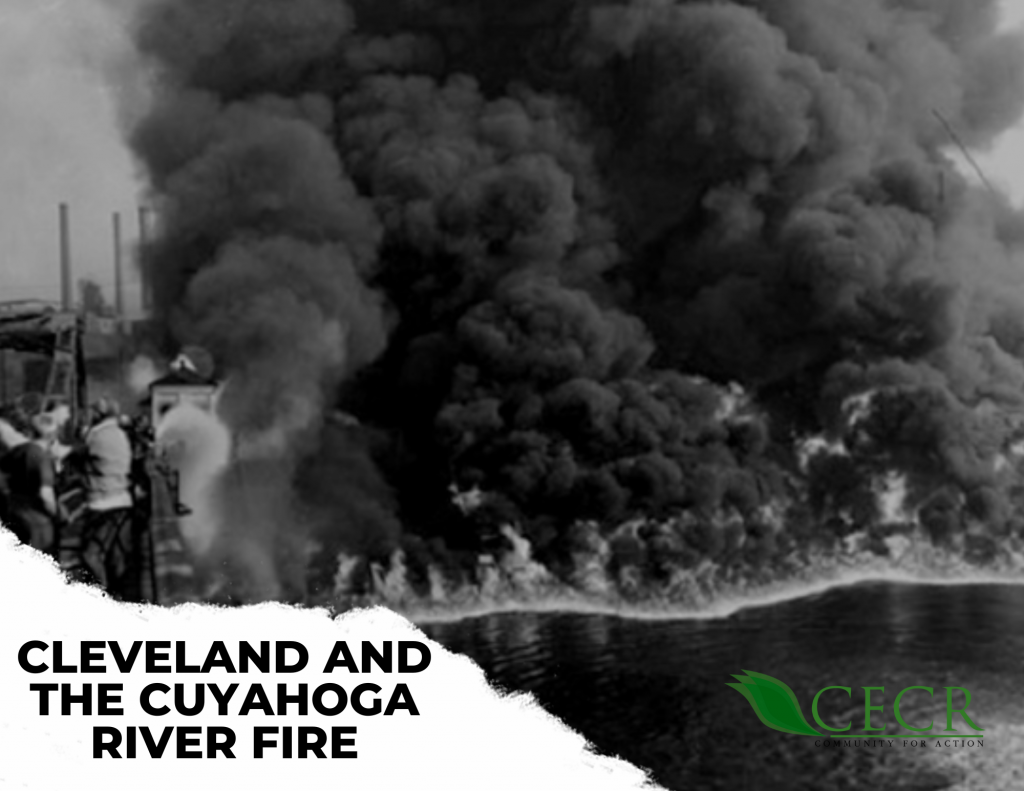With nearly 3 million inhabitants, the large city of Cleveland (500,000 inhabitants) and its environs are Ohio’s largest metropolitan area, located on the shores of Lake Erie and on both banks of the Cuyahoga River. Initially, Cleveland thrived on the steelmaking, chemical, and mechanical industries because it was located between the eastern coal production region and the iron mines brought down from northern Minnesota, with a port as an oil refinery.
Billionaire Rockefeller realized Cleveland’s favorable location, so he spent money building many refineries to process crude oil imported from South America and Texas.
But due to the quick and strong development of industry, the waste from factories on the Cuyahoga River poured into Lake Erie so much that the lake was considered the most polluted in the United States (Ohio people often call it “Dead Lake”). Drinking water was contaminated and it took a lot of work for the state government to get it back. The worst consequence of industrial pollution here was the Cuyahoga River fire that occurred on June 22, 1969.
The fire lasted only 30 minutes but burned everything on the river surface and structures on both sides of the river. The fire had a great impact on the entire population and awakened the U.S. to the scourge of over-industrialization that would lead to habitat destruction.
The fire lasted only 30 minutes but burned everything on the river surface and structures on both sides of the river. The fire had a great impact on the entire population and awakened the U.S. to the scourge of over-industrialization that would lead to habitat destruction.

Source: Teaching materials for Water Conservation for Junior high school, Cleveland and the Cuyahoga River Fire https://daihocpccc.edu.vn/2019/11/12/934-revision-1317/


 Tiếng Việt
Tiếng Việt

